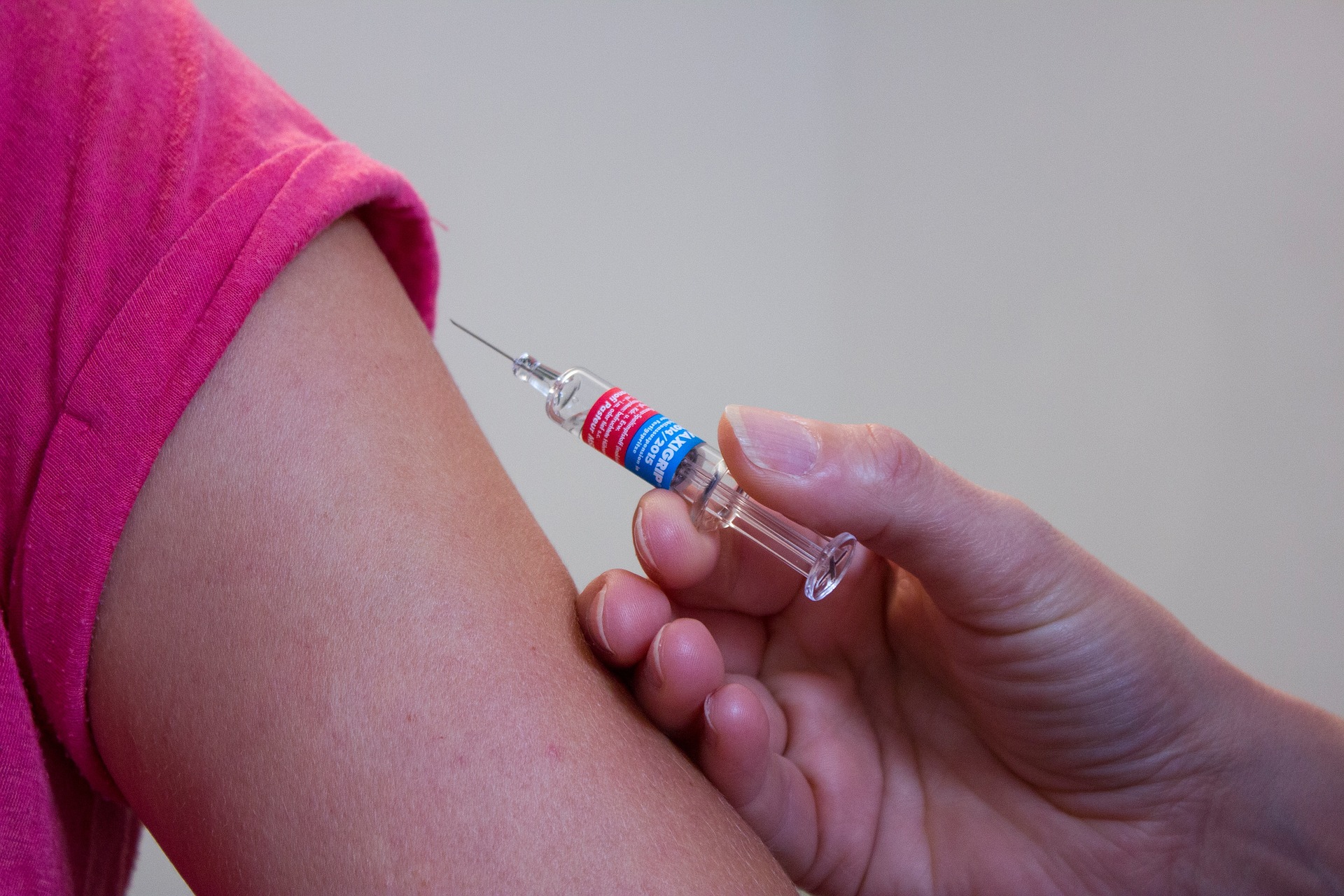

On Tuesday, the U.S. Senate voted to open debates on a healthcare bill meant to replace the Affordable Care Act, commonly known as Obamacare. For now, the actual bill remains a mystery: lawmakers haven’t actually landed on a replacement for the ACA. But if the bill released by the Senate last month—which struggled to keep ground in the Republican party—bears any resemblance to the final product, our country’s herd immunity could be at risk.
That bill placed a year-long block on federal reimbursements for care provided by Planned Parenthood, dissolved federal funding for Medicaid expansion over two years, and allowed insurers to charge more for coverage of people with preexisting conditions. But even if you aren’t covered by Medicaid, don’t go to Planned Parenthood, and are lucky enough to be preexisting-condition-free, you could still be impacted by the cuts made by a similar bill.
A lesser discussed aspect of the bill was a 12 percent budget cut for the Centers for Disease Control and Prevention—specifically axing the Prevention and Public Health Fund. This fund was put in place by the Affordable Care Act to invest in everything from immunizations and screenings to tobacco cessation, and provides the CDC with nearly $1 billion.
So what exactly does this mean?
Among other things, killing the Prevention and Public Health Fund would take a serious chunk out of funding for vaccinations—$324,350,000 was budgeted for fiscal year 2017, allocated for public health infrastructure to support vaccinations in both children and adults—on top of shrinking insurance coverage.
“As part of ACA, a lot of the vaccines that were recommended by the advising committee on immunization practices were supposed to be covered by insurance,” says Dr. Saad Omer, a professor at the Emory Vaccine Center. “It’s not clear what’s going to happen to that framework. Hopefully insurers will continue to cover the existing vaccine. If there’s a shrinkage in the number of people with insurance, then we may have problems due to that.”
A certain number of people must be vaccinated in order for a vaccine to protect the community as a whole. This idea is called herd immunity. When a critical portion of the community’s population is immunized against something (like measles, for example) even people who couldn’t necessarily be vaccinated (infants, pregnant women, and so on) are safe.
But if this critical threshold isn’t reached, outbreaks can occur.
“If the coverage, and more importantly protection against a vaccine-preventable disease, drops below a threshold, that feeds a critical mass of susceptible people to the community,” says Omer. “And these critical masses are not uniform. These things unfortunately tend to cluster, and if you had that critical mass, it serves as tinder to start these fires of outbreaks.”
Vaccines aren’t perfect, Omer says, and herd immunity protects people who are unvaccinated as well as those who don’t experience the intended effect from a vaccine.
“If you constrain the resources available, in one way or another, so the vaccinations become more difficult to receive, people have a disincentive to vaccinate their children, they can’t afford the vaccines, they can’t afford the access to whatever,” says Myron Cohen, the director of the Institute for Global Health & Infectious Diseases at the University of North Carolina. “You compromise the vaccines for these critical illnesses, then you are compromising herd immunity. So I think, from a public health point of view, it really becomes very essential that resources exist and the will exists to continue providing resources for vaccination at this level.”
Luckily, Omer says, the Vaccines for Children program covers costs for uninsured, Medicaid eligible, or underinsured minors. VFC came about with bipartisan support after a measles epidemic in the early nineties.
However, even this system isn’t perfect. Georges Benjamin, executive director of American Public Health Association, says the VFC is underfunded to begin with, and is in part funded under the Prevention Fund, which goes away if the ACA removal is a success.
“Also, there’s almost a $50 million cut to the vaccine program that is in the budget, the house version of the appropriations bill, which would be on top of these cuts that we are seeing,” Benjamin says. “So, there are many threats out there, and another story is the VFC program covers some low income kids who don’t have access to those programs and vaccinations, but it requires an enormous infrastructure to deliver it.”
If we don’t have the infrastructure to adequately immunize children through other mechanisms like public health programs after cuts to health coverage, even a tiny amount of unvaccinated children could have a serious impact, he says.
“Literally a five percent change in immunization coverage can have an enormous impact on herd immunity,” Benjamin says. “My point is, it doesn’t take many kids that aren’t immunized in a particular community to get a big outbreak of disease.”
Omer warns against taking the role of the CDC for granted.
“Public health works best and is most cost effective when you’re dealing with what we call primary prevention,” says Omer. “Meaning…things are a lot cheaper to deal with when you are preventing outbreaks rather than controlling outbreaks.”
This isn’t theoretical: a lack of vaccination led to a measles outbreak in Minnesota’s Somali-American population earlier this year, and the estimated costs total around $1 million.
“As we go through this process, I just think that people who have leadership positions, both in politics and public health, have to get their heads together about prioritizing,” says Cohen. “It seems pretty clear to me that you want to prioritize vaccinations.”
